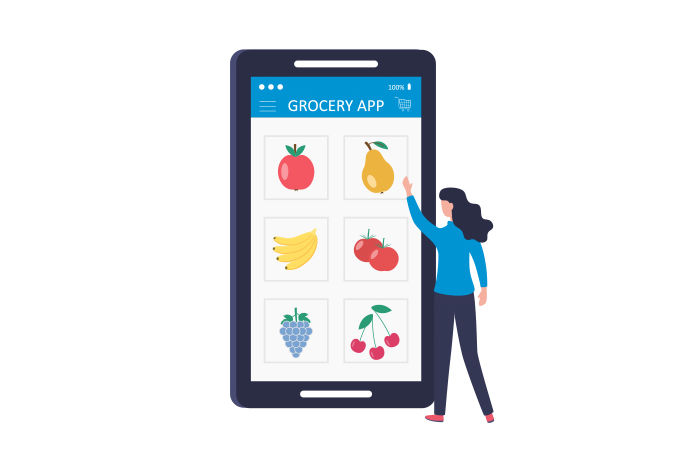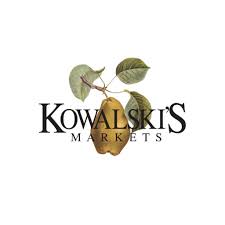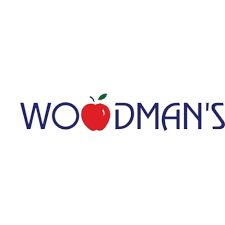
Not surprisingly, we have witnessed a rapid increase in consumer demand for eCommerce from March through July; there was almost no slow down in June despite the re-opening of many restaurants across the country and the summer months typically being much slower from an eCommerce perspective. A Wall Street Journal article published this past week predicts that by the end of this year, more than 10% of U.S. grocery sales are expected to be ordered digitally, double 2019 levels. If you haven’t already launched an eCommerce experience, we imagine you’re thinking about it.
Because of this, we wanted to bring in an expert who has been helping grocers solve the eCommerce puzzle for many years and can offer all retailers valuable insights on how to set themselves up for eCommerce success. So let me introduce Jeremy Neren, Co-Founder & CEO of GrocerKey, a Webstop eCommerce partner, who is here to share how GrocerKey and its retailers are setting themselves up for the future.
Proven eCommerce Strategies

With eCommerce, there is no silver bullet. Every retailer scenario is a little different, and it is important to find the right strategy to truly drive your eCommerce success. Even as retailers experience unprecedented eCommerce growth as a result of COVID19, planning for long-term eCommerce success is still a must. And that takes creativity and unique strategies based on your customer base and competitive environment. Over the years at GrocerKey, we have been able to work with a wide range of stores and wanted to share some specific strategies that have had great success.
Strategy #1 – The Two-Pronged Approach

Kowalski’s Markets approached eCommerce by launching its own branded solution (onthego.kowalskis.com) powered by GrocerKey in addition to listing products on the Shipt marketplace. Kowalski’s has extended its brand online by highlighting its unique prepared food items, signature products, and meal kits. This approach led to a staggering 50x+ surge in order volume through its branded eCommerce experience alone in <60 days from mid-March to mid-May.
Strategy #2 – More Than Just Groceries

Calgary Co-op has highlighted the breadth and depth of its product offering by launching several unique eCommerce experiences, highlighting its wide array of liquor, food, and even cannabis products. Calgary Co-op launched its eCommerce journey by focusing exclusively on its liquor stores and began fulfilling hundreds of orders daily within a matter of months. The approach has proven that consumers aren’t seeking only grocery and food items when they visit their local grocery retailer’s eCommerce experience.
Strategy #3 – First The Basics, Then Expand

Woodman’s Markets continues to focus exclusively on its branded eCommerce website (ShopWoodmans.com), driving $100M+ in lifetime eCommerce revenue in <5 years. Woodman’s achieved this scale by offering a combination of curbside pickup and local delivery (powered by third party delivery provider DoorDash). Woodman’s has also started to drive incremental revenue from its eCommerce business by launching a digital media business, which is a highly underestimated profitability lever that all retailers should consider when launching a branded eCommerce website.
Takeaways
eCommerce is not a “one size fits all” or a “get it checked off your list” initiative. It requires a thoughtful strategy working alongside partners that are dedicated to your success. Hopefully, these strategies can help any retailer consider an approach that makes the most sense for them, given their brand, customer base, and locations they serve.
We would love to share ideas! Hit us up to start a conversation around how you can devise a successful eCommerce strategy.
For more information on GrocerKey, visit their website.
